While anyone can be a travel photographer with a little practice and some investment in equipment and study, the truly professional travel photographers are always searching for new subjects and themes and new ways to portray those places that everyone knows. While travel photography is often a lot of fun in comparison with other genres, there is also one big problem. When it comes to packing equipment for traveling, photographers always have the same question, what to take and what to leave behind? How do you pack light for travel photography?
With several camera bodies, a selection of lenses, tripods and other accessories, bags can end up weighting more than one could carry around safely or comfortably.
One skill that every travel photographer needs to master fast is packing light and knowing what to pack. For those who are beginning this type of photography or still struggling with such problems, here are several ideas on how to pack light for travel photography:
- Make a list of all the equipment you have. First of all, you have to know everything you can take with you on a trip to be able to know what is essential and what you can do without. List every piece of equipment you have or what you need to buy and then start choosing what you could not do without. Often you take a lot of things that you never use during your travels and then wish you would have left it at home. The stuff you actually need depends on what type of things you will photograph.
- Choose the lightest and smallest cameras. Whether you shoot with DSLR, compact or something in between, there are bigger and heavier models, there are also smaller and lighter ones. While usually the bigger ones are better, this is not always the case and thinking about how much you travel and what you really need for what you photograph might make you choose a smaller, but equally good camera model. Many professionals these days are going mirror less simply for the weight savings.
- Choose all-around lenses. Unless you are a professional travel photographer that takes on grand projects and needs specific lenses for their purpose, one or two lenses are usually enough. You might choose a standard zoom lens and a telephoto or a wide lens, depending on the environment and your preferred subject.
- Pack batteries and cards. If there is something you should never leave behind or think about weight when traveling, these are extra batteries and memory cards. You will never know when you might end up in the middle of a busy day of photography with a low battery, no replacement and no way to quickly charge it.
- Considering these items are usually light and small, you should always pack more.
- Choose a light tripod. These are some of the most useful accessories in travel photography, whether you wish to photograph a night scene, a beautiful sunset or a waterfall. Tripods are usually very cumbersome, but there are also some that are made specifically for travel, being significantly smaller and lighter. Although these are usually a little more expensive, the several kilograms gained will pay off on the long run.
- Exclude as much as you can. Some people think that if they have something, they might need it at one point, but the truth is that much of what you pack will never serve a purpose. Depending on your travel photography subjects, you might not need an external flash or more than two lenses.
- Choose a good backpack. This is often under-appreciated by many but actually having a good, comfortable backpack to carry your photography equipment can allow you to carry more too.
The Essentials of Travel Photography Packing
In the simplest scenario, the shortest list of equipment for travel photography would include a compact camera with an extra battery and several memory cards. As one becomes more advanced, a mirrorless or entry DSLR camera with an all-around zoom lens, a battery, several cards and a small tripod would be the ideal pack.
Advancing from the Essentials
What you will find as you advance from the essentials is that each addition to your pack will probably have a very specific purpose. Maybe you couldn't get close enough to the subjects in the shot during your first trip, so you will pack a zoom lens for the second trip. Maybe you were taking a lot of landscape shots, so you will add a wide angle lens with some filters and a tripod. But each addition for an experiences travel photographer will usually be considered and deliberate.
If you are truly passionate about travel photography, a moderately light pack could include a good DSLR and a back-up compact camera, a zoom, a telephoto and a wide lens, a good tripod and extra batteries, cards and filters for example – simple gear that will open up additional shooting options over a basic kit.
In the end, it all depends on many variables, but the key is to keep it simple and only add gear as you have specific needs for it.
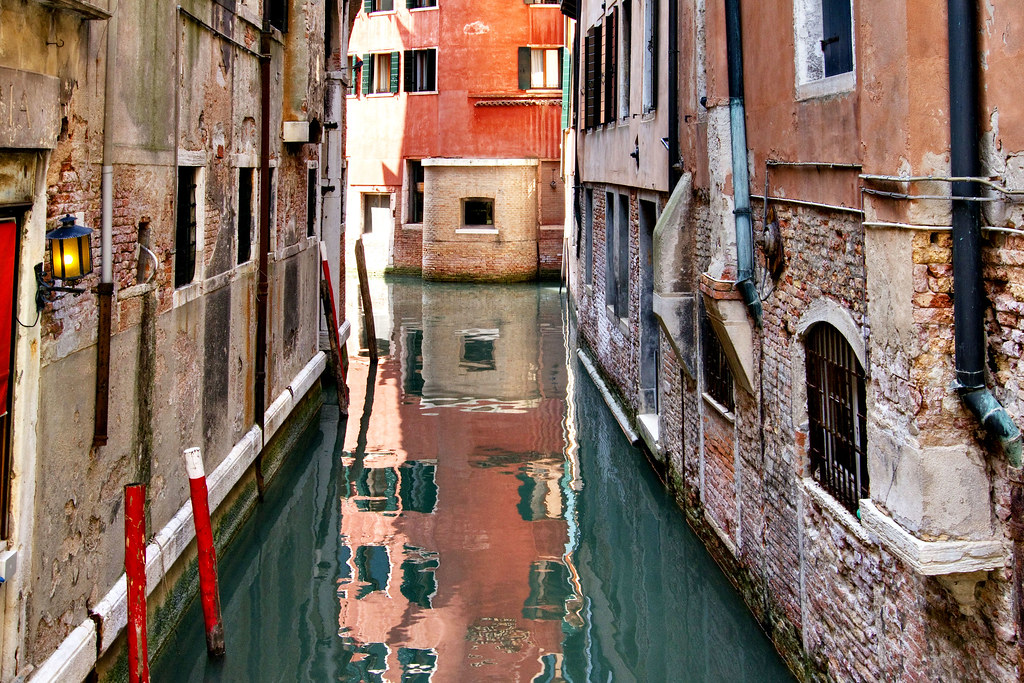
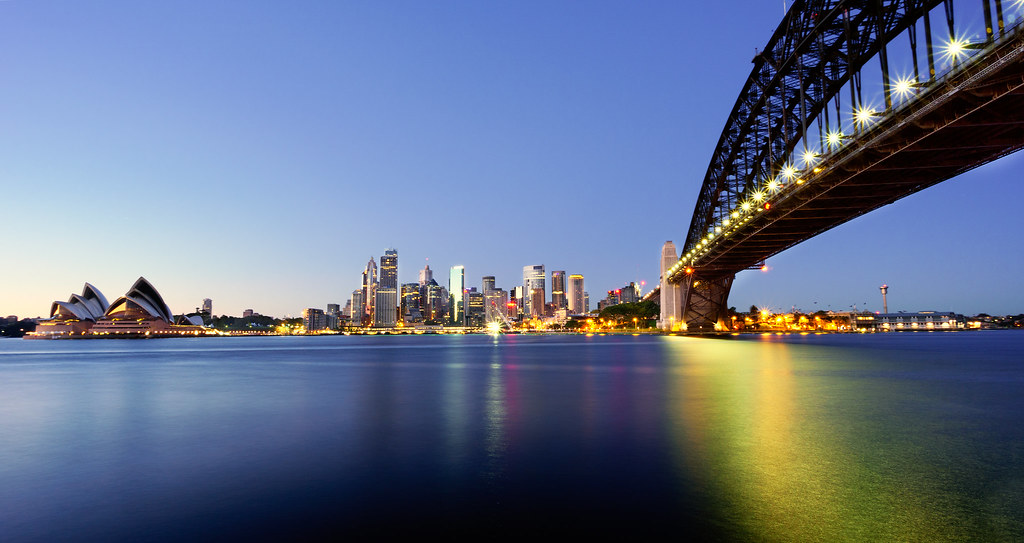


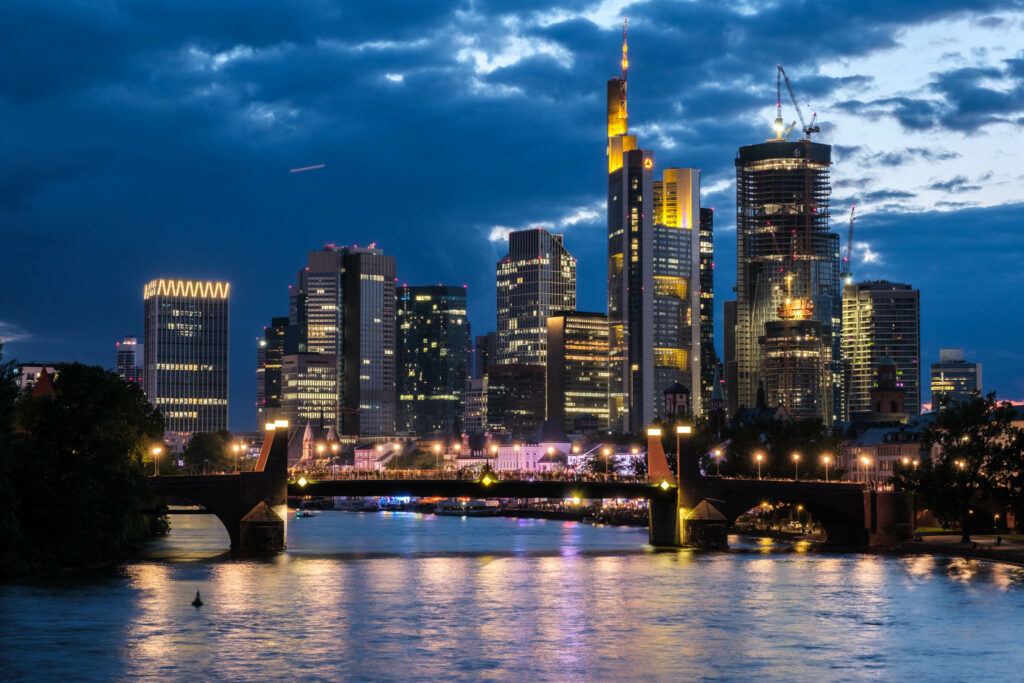
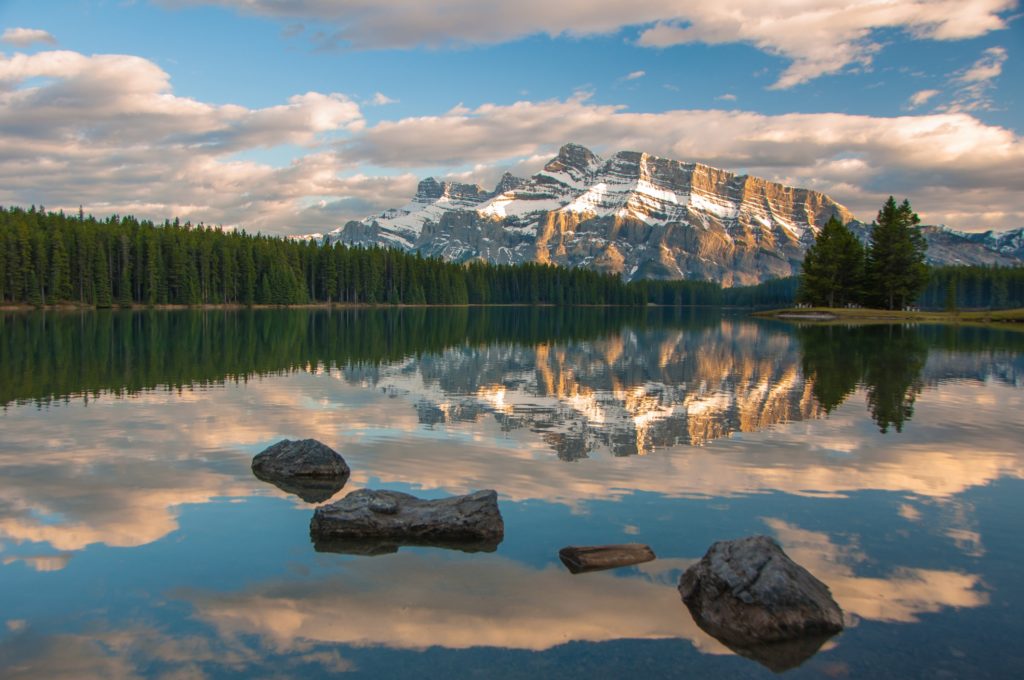
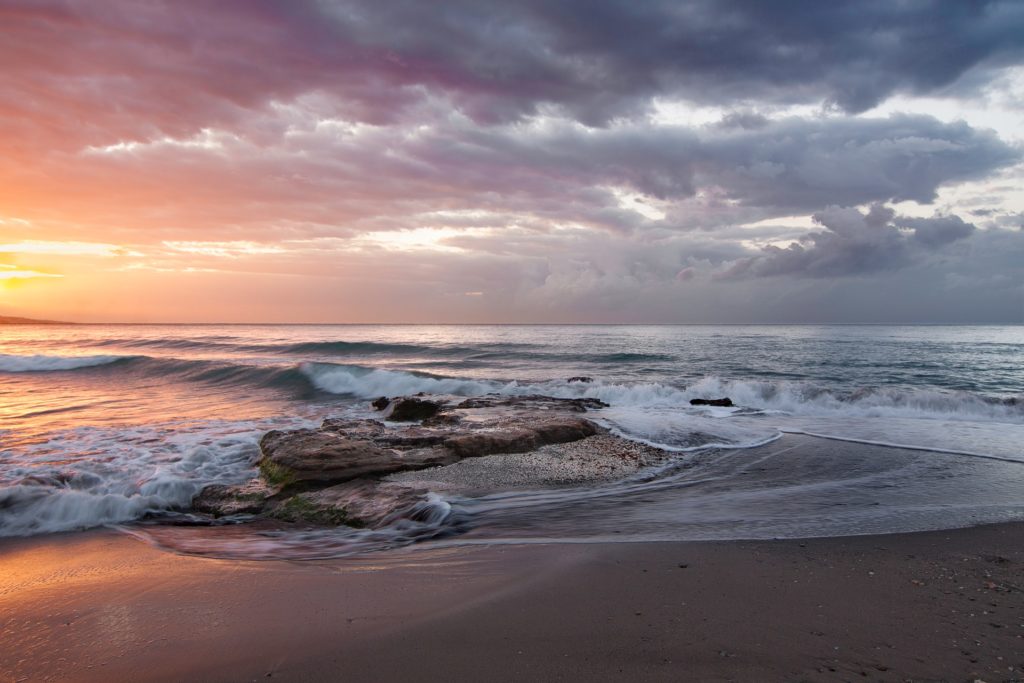

6 Comments
This is easier said then done but here comes a few tips from my experience from very cold Arctic Aurora shootings. For landscape photography the most important thing is the tripod to be sturdy and that normally does not go hand in hand with light-weight. It could be windy and then a weak tripod will not make it.
( Does not affect your packing but Remove the Camera strap (when shooting) to prevent the wind from moving the camera.) You can buy a strap that could be clipped off and on
A small headlight take no place and is very usable for night photography in checking your gear. A water proof adventure bag to put the gear inside and you don’t have to worry if you camera is weather sealed for transportation and also as a protection when shooting if it is snowing, raining or sandy. My camera is weather sealed and I still save a lot of time as I don’t have to dry the equipment and ready for the next shot. Fog is another problem when changing environment and temperature. A cloth takes no place but saves a lot of trouble.
For cold travel photography I would:
Check-in a sturdy tripod that you are able to carry (depends on you and distance walking)
Keep the sensitive gear in carry-on bag-pack (lenses and camera separated in winter wool socks) and for cold weather ensure the gear is protected at bottom and backside. Gear brakes much easier when cold and batteries last shorter. (if you slip or put down the backpack when slipping)
I bring hand-warmers to keep by the extra batteries in my pocket.
Remote triggering with timer and MUP(mirror up) removes shaking and saves your fingers in cold but asks for more batteries for triggering system. Some cameras allow you to use your mobile phone but be aware about batteries. A simple trigger is better and lasts longer.
Nd-filter does not take space and gives good improvements. ND 400 or ND2-ND8
Never carry the tripod on your bagpack!!!!. Whenever you would fall the force of the tripod will destroy your equipment. Still do not understand that the manufacturers keep insisting that this is a good idea.
Good light and happy shooting.
Some thoughts that might come in handy:
Tripod: should you choose the lightweight tripod, add a triangular net or cloth fastened above last leg extender locks. Thus you can add weight to stabilize the setup using rocks, nylon bag filled with dirt or shingle, ice blocks, or snow, even your camera bag (which is also better off there than lying on the ground).
Alternatively, add a hook to the underside of the central column, so you can hang weight there, or tighten the tripod to the ground by means of screw-like tent peg.
Another solution which is excellent for long exposuresor time-lapse photography is a camera clamp. It can be bought or self-made, and consists of a clamp able to be fixed to many objects, with a ballhead on top. This is small and lightweight, sturdy solution which does not sway in the wind or vibrate, since it has no long, elastic elements. Many good clamps to be found in the hardware store for small cash, and it is simple to add a ballhead to most of those.
Travel camera: consider a bridge camera equipped with long zoom lenses. There are some very good models from various manufacturers. It is one small do-everything camera which even fits the windbreaker pocket. I carry this and a second camera (always one waterproof model), spare batteries, set of ND filters and CPL, camera clamp, a length of thin rope, a pocket knife and a lighter in the pockets of my photo jacket. Many thinks can be improvised, and carrying all this is no problem in any situation – without photo bag or backpack.
Er… “Many thinks” should read “many things”, hehe. Sorry for the typo.
When I went to Budapest Prague and Hungary I took the Nikon 28-300, a 7200 camera and a lightweight tripod. That was easy to carry and I could take it all day in my backpack. If you go heavy you start eliminating equipment while on sight which defeats the purpose.
Thanks to all. These thoughts are helpful. I shoot a D610 traveling with a 24-120 mm f/4 lens. It is much heaver that the 28-300 lens with the 7200 but the FX lens with the full frame camera is a big plus in a lot of situations. If the trip is about shooting wildlife, the 7200 would be a better option. I use a Giottos VGR 9255 S2C tripod as it comes with the mini 5310 ball head that is very small but very stable. The tripod folded up is only 16 inches so it fits in luggage well and in the saddle bags of my Harley when riding. I do not take an external flash when traveling. I always take a back up camera body but I leave it in the room or on the bike if hiking. The net is a good idea that I think I will see about rigging up. Have fun shooting
Im finding international airlines more restrictive than ever. I own a MindShift BackLight 26L (11.4” W x 20.3” H x 7.9” D (29 x 51.5 x 20 cm) and it’s too large to fit underneath the seat on an international flight.
I already have a carry-on to put above. I will NOT be checking anything in.
Here are the personal carry on limitations of the flights I will be on.
Air Canada: 16 cm x 33 cm x 43 cm (6 in x 13 in x 17 in)
Swiss International Airlines: 40 x 30 x 10 cm) (15.7 X 11.8 X 3.9)
Here is the gear that I want to take:
Canon 5D Mark III
EF 16-35mm f/2.8L II USM
EF 24-70mm f/2.8 II USM
EF 70-200 f/2.8 IS II USM
Gitzo GT2542T Series 2 tripod
Really Right Stuff BH-40-LR Ballhead
Format Hitech filter kit in pouch
Canon Timer Remote Controller TC80N3
Canon GPS Receiver GP-E2
Canon Extender EF 1.4xIII
I already have a carry-on travel backpack for my clothes, etc., so I need a camera bag to put under the seat.
What do you recommend?
Thanks,
Craig